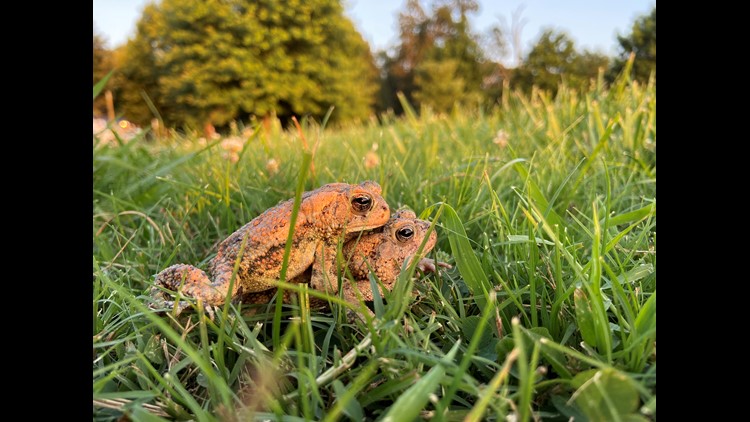MEMPHIS, Tenn — The Memphis Zoo's Amphibian Research Lab has published a study on captive-release in the scientific journal Conservation Science & Practice.
According to a release, the paper is based on the work of the Amphibian Lab, both at the zoo and at the Meeman Biological Station at the University of Memphis last summer.
Using a local toad species in Memphis as a model system, the research team showed how captive-bred animals grow and survive compared to natural-bred individuals after they're released into the wild.
It's the first in situ (on-site) experimental comparison showing the effectiveness of captive-release programs for an animal that was bred artificially using frozen sperm.
The team was also able to use statistical tools to project how this captive-build population would do 30 years from now and see how captive programs can increase their impact to reach their goal of building a stable wild population.
According to the zoo, the research demonstrates the contributions zoos can make to ensuring wild populations survive.
You can read the full study below:



